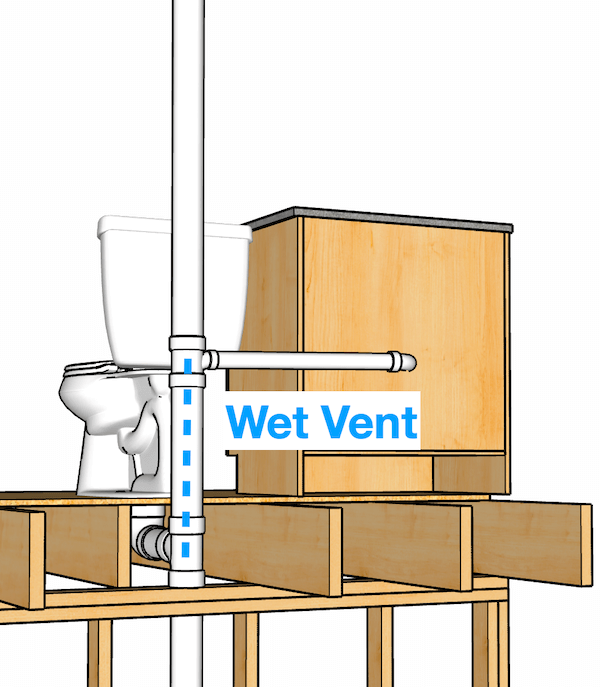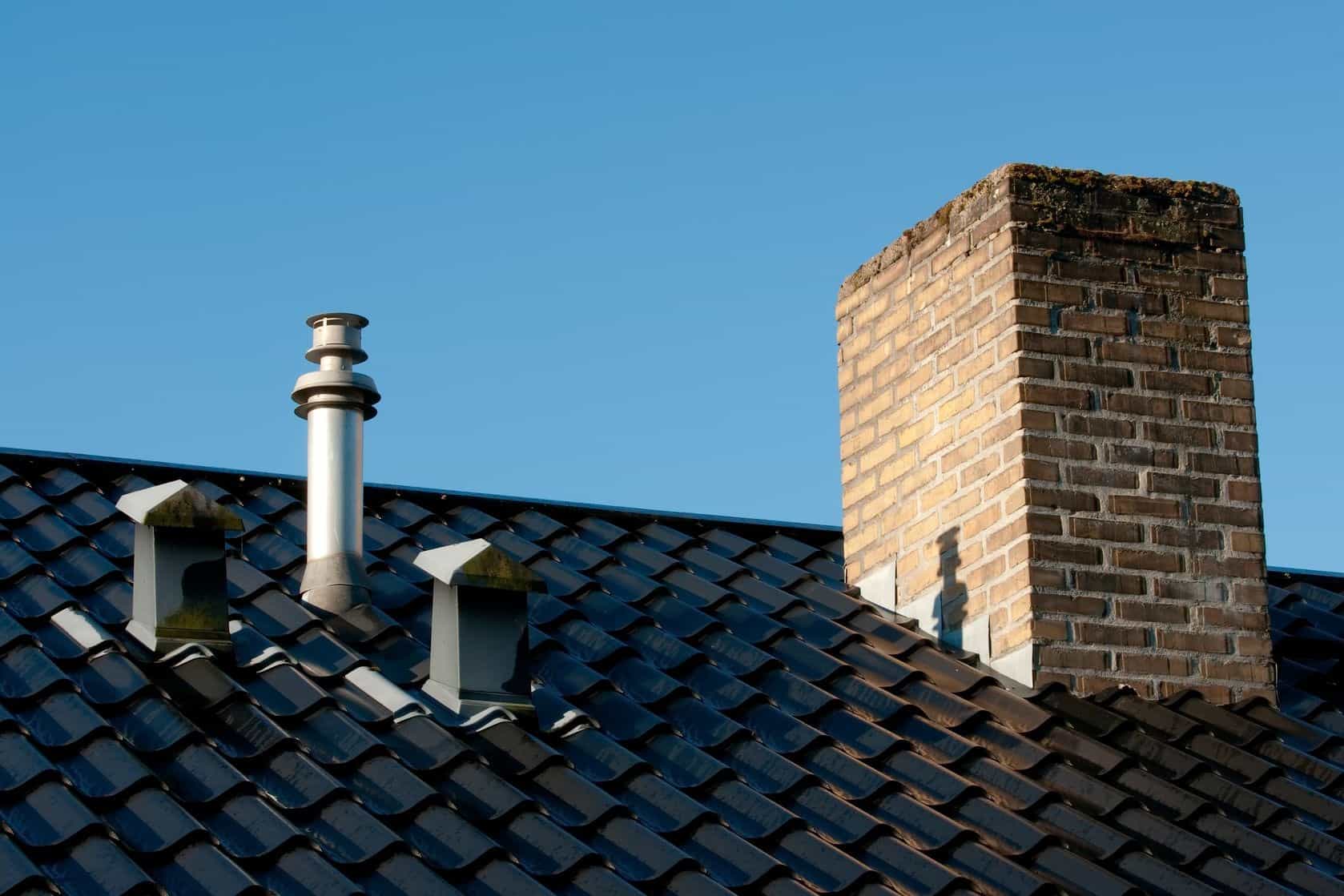On this page further down you can locate additional amazing insights when it comes to Why Plumbing Air Vents Are Important.

Appropriate ventilation in pipes systems is frequently forgotten, yet it is important for preserving the performance and safety and security of your home's plumbing. Ventilation aids manage atmospheric pressure, prevent the buildup of damaging gases, and ensure the reliable removal of waste. In this guide, we will certainly explore the importance of proper plumbing ventilation, how it works, and the advantages it gives your pipes system.
How Air Flow Functions in Pipes Solutions
Atmospheric Pressure Law
Proper ventilation maintains well balanced atmospheric pressure within the pipes system. When water moves via pipes, it displaces air. Without adequate ventilation, this displacement can develop adverse stress, causing slow drains or siphoning of water from catches, which can cause undesirable smells to permeate right into the home.
Stopping Drain Gas Accumulation
Among the most important features of pipes vents is to stop sewage system gases, such as methane and hydrogen sulfide, from building up within the home. These gases can present serious wellness risks and are very combustible. Vent pipelines permit these gases to escape securely outside.
Helping in Waste Elimination
Ventilation aids in the efficient removal of wastewater by preventing airlocks in the drainage system. When air can flow freely through the vents, it enables water and waste to stream efficiently through the pipelines, decreasing the threat of obstructions and backups.
Benefits of Proper Air Flow
Improved System Performance
Appropriately aerated pipes systems run much more efficiently, with fewer clogs, faster draining pipes, and less pressure on the pipelines. This effectiveness expands the life-span of the pipes system.
Improved Air Quality
By preventing sewage system gases from entering your home, appropriate air flow contributes to better indoor air top quality, making your living atmosphere healthier and much more comfortable.
Avoiding Water Damage
Appropriate air flow helps protect against water from being siphoned out of catches, which can lead to sewer gases getting in the home and causing water damage over time.
Actions to Make Certain Appropriate Ventilation
Consulting Pipes Codes
Constantly consult neighborhood plumbing codes when designing or customizing your pipes system. These codes supply the necessary guidelines for proper venting and ensure your system meets safety and security criteria.
Normal Inspection and Upkeep
Regular examinations can aid determine potential air flow problems before they end up being significant issues. Upkeep tasks, such as cleaning vent pipelines and checking for blockages, are essential for keeping the system in good working order.
Professional Setup
For new installations or significant alterations, it's a good idea to employ an expert plumbing technician. They have the know-how to ensure the ventilation system is appropriately created and set up according to code.
Understanding Ventilation in Plumbing
Air flow in pipes describes the network of pipes that enable air to stream through the drainage system. These vents offer multiple purposes, consisting of regulating air pressure within the pipelines, stopping drain gases from going into the home, and aiding in the smooth flow of wastewater.
Sorts Of Plumbing Vents
Main Heap Vent
The primary stack air vent, also referred to as the air vent stack, is the main vent in a plumbing system. It prolongs from the primary drain align through the roofing system, enabling gases to escape and fresh air to enter the system.
Branch Vent
Branch vents link to the primary stack air vent and offer specific fixtures, such as sinks, toilets, and showers. These vents make certain that each component has ample ventilation to work correctly.
Air Admittance Valve (AAV).
An Air Admission Valve (AAV) is a one-way valve that permits air to enter the pipes system without the demand for a traditional air vent pipeline extending via the roof covering. AAVs are frequently made use of in restorations or locations where setting up a basic vent is unwise.
Indications of Poor Ventilation in Plumbing.
Slow Draining Fixtures.
If your sinks, tubs, or toilets are draining gradually, it could be an indicator of bad air flow. Poor air flow can develop a vacuum impact, making it difficult for water to drain correctly.
Gurgling Appears.
Gurgling audios coming from drains are usually a result of air being drawn via water traps because of negative pressure in the pipes. This is a clear indication of inadequate ventilation.
Unpleasant Odors.
Sewage system odors inside your home are a red flag that your pipes system is not correctly aerated. This might imply that drain gases are not being sufficiently aired vent outside, causing possibly hazardous conditions.
Typical Ventilation Mistakes.
Poor Vent Sizing.
Using small air vent pipes can bring about poor air flow and stress inequalities in the system. It's necessary to utilize vents that fulfill the specific demands of your plumbing system.
Improper Vent Positioning.
Placing vents also much from the components they serve can decrease their efficiency. Appropriate placement makes sure that air can flow easily and effectively through the system.
Ignoring Code Needs.
Building codes supply particular guidelines for plumbing air flow. Overlooking these codes can result in a system that stops working to function appropriately and may lead to costly repair services or health hazards.
Verdict.
Proper air flow is a vital element of any plumbing system, making sure that it works efficiently and safely. By understanding the importance of ventilation, recognizing the signs of poor air flow, and taking steps to keep your system, you can prevent costly concerns and shield your home's air top quality.
4 Things You Should Know About Your Plumbing Vents
What Plumbing Vents Are
Also called a vent stack, a plumbing vent is a vertical pipe attached to your drain line that runs through your roof. The plumbing vent pipe, or plumbing air vent, removes gas and odors from your plumbing system and allows fresh air to enter the pipes, helping the water to flow out of the drain pipes.
What Plumbing Vents Do
Plumbing vents have two basic functions. One of which is to allow unpleasant smelling wastewater and sewer gasses to escape your plumbing system instead of entering your home. Plumbing vent pipes are typically located on roofs, away from windows, to ensure the fumes exit the home completely.
The other function of the plumbing vent is to move fresh air into your plumbing system. This helps move water through every plumbing fixture in your house, like toilets and sink drains. Think of the way in which you need to let a little air into the bottle as you pour soda in order to make the drink flow smoothly.
Different Types of Plumbing Vents
- True vent: This is the most common vent option. In simplest terms, a true vent is a vertical pipe attached to your drain line that exits through the roof. They often function as the main vent that other fixtures can connect to.
- Re-vent pipe or auxiliary vent: Attached to the drain line near specific plumbing fixtures, re-vent pipes run up and over to connect to the main vent.
- Common vent: Two plumbing fixtures installed on opposite sides of a wall are typically tied into the vent stack using something known as a sanitary cross.
- Wet vent: This venting option operates as a drain pipe and a vent at the same time. Wet vent drainage systems drain water from one fixture while venting the air from another. Although they’ve been used for over 100 years, wet vent systems have only recently been added to the plumbing code in many areas. If you’re planning on installing one in a bathroom remodel, make sure you check your local code prior to construction.
- Loop vent: For free-standing fixtures like kitchen island sinks, loop vents are ideal. These vent pipes run under the floor, rise from the P-trap, and create a loop inside the cabinet sink.
- Air admittance valve: An AAV is a one-way mechanical valve typically installed at the site of the plumbing fixture. AAVs allow venting to occur without having to tie into a larger venting system. They’re ideal for venting fixtures where you aren’t able to easily connect to an existing vent system.
Common Plumbing Vent Issues
Although vent pipes typically don’t have water flowing through them, they’re still subject to many typical plumbing issues. For example, clogs are one of the most common problems associated with sewer vent pipes. If your vent pipe gets clogged, all of your plumbing fixtures tied into the vent stack will be affected.
A sink with a slow drain that bubbles and gurgles or a strong sewage smell around your toilet are both indicators that your toilet vent pipe is clogged. Because most vent pipes exit through the roof, old leaves, twigs or even a bird’s nest could be clogging the pipe.
Clogs in your vent pipe system cause a buildup of negative pressure, meaning that water won’t be able to flow out of your home very well. It’s similar to putting your finger over the opening of a straw to trap water inside. When you remove your finger, the water is able to flow out of the straw.
If you suspect you have any blockage in your vent, make sure you have a professional come examine the situation. Left unchecked, a blocked air vent can lead to other costly repairs, like leaks and sediment buildup.
Under Pressure
Pipe vents are essential aspects of a home’s plumbing system. Owning a home means learning about all sorts of things you never put much thought into before. But by understanding as much as you can about the important systems of your home, you can keep those budgets intact and those anxiety levels low.
https://www.homeserve.com/en-us/blog/home-improvement/plumbing-vents/

I was made aware of that report about Essential Plumbing Vent Pipes: Understanding Their Role from an associate on another website. Those who appreciated our blog entry kindly be sure to pass it around. Thanks for your time invested reading it.
See Availability
Comments on “The Importance of Adequate Ventilation in Residential Plumbing Systems”